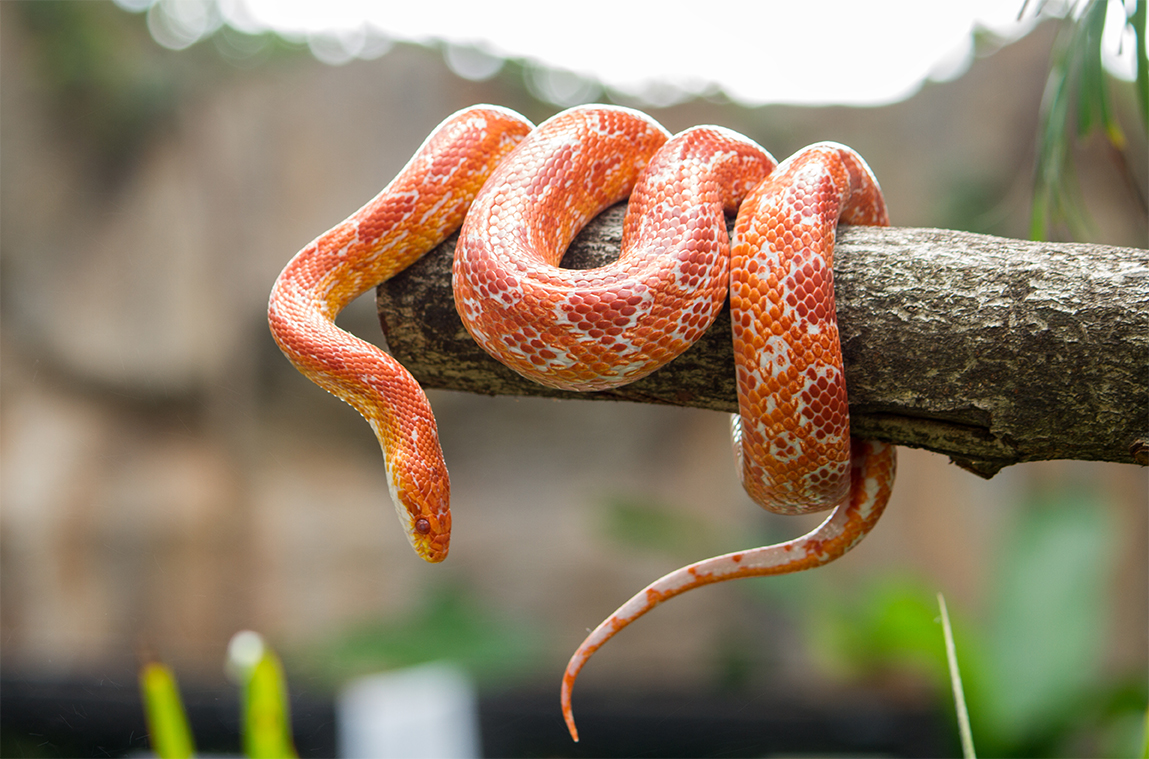
Vor kurzem habe ich angefangen, die Programmiersprache Rust zu lernen, und da ich, als ich eine neue Sprache lerne,
„Snake“ darauf mache
, habe ich beschlossen, genau das zu machen.
Für 3D-Grafiken wurde die
Three.rs- Bibliothek
verwendet, die ein Port der Three.js-Bibliothek ist
→
Code→
Herunterladen und spielenSpielcode extern crate rand; extern crate three; extern crate bincode; extern crate serde; #[macro_use] extern crate serde_derive;
Neben Three.rs habe ich auch
Piston , eine Reihe von Bibliotheken zum Erstellen von Spielen, und
Ametist , eine Spiel-Engine, in Betracht gezogen. Ich habe mich für Three.rs entschieden, weil es mir am einfachsten und am besten für das Prototyping geeignet erschien.
Leider war es im Rahmen dieses Spiels nicht möglich, die Abläufe zu spüren und mit dem Netzwerk zu arbeiten. Ich werde es beim nächsten Projekt versuchen. Bisher mag ich die Sprache und es ist mir ein Vergnügen, damit zu arbeiten. Ich wäre dankbar für gute Ratschläge und konstruktive Kritik.